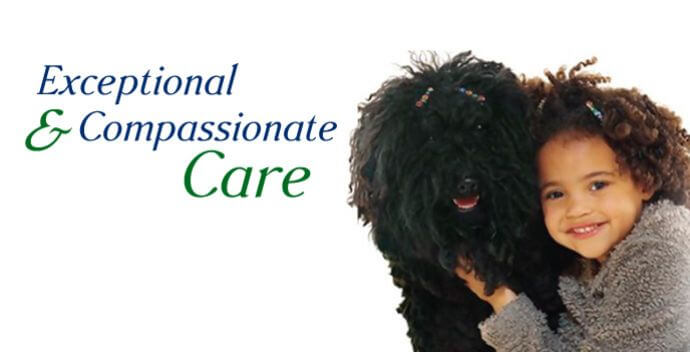Pet Amphibians
 Are you thinking about getting an amphibian for a pet? If you are there a few things you should consider first. When shopping for an amphibian, what you see in the store is a baby, they will grow larger and the babies usually require a certain level of care to keep them healthy and fit.
Are you thinking about getting an amphibian for a pet? If you are there a few things you should consider first. When shopping for an amphibian, what you see in the store is a baby, they will grow larger and the babies usually require a certain level of care to keep them healthy and fit.
Be aware that amphibians secrete Salmonella, an anaerobic bacteria that can cause food poisoning if the person who handles the amphibian doesn’t wash their hands thoroughly after handling the amphibian. Always wash your hands before handling the amphibian to protect them and afterwards to protect yourself. You can’t clean the salmonella off the animals, it’s their natural defense mechanism, it will always be there.
Also, when purchasing an amphibian be sure that the animal was bread in captivity, you don’t want to be supporting poachers. Before purchasing your amphibian, ask about the health of the animal and for documentation of legality for imports or protected species to ensure that you’re not purchasing a poached amphibian.
If you decide afterward that you don’t want the animal do not release it into the wild, even if the species is native to your area. Amphibians in captivity may expose natural or wild amphibians to diseases, and in some cases it’s illegal to release captured or captive amphibians into the wild.
Here are some great amphibian species for beginners: Green Tree Frog, Barking Tree Frog, African Clawed Frog, African Dwarf Frog, Fire Salamander, Tiger Salamander, Marble Salamander, Fire Belly Toad, American Toad, Eastern Newt, or Fire Belly Newt.
 Avoid amphibians that have the name monitor or Poisonous as these require specific knowledge to own. The previously mentioned amphibians are perfect for beginners. But be sure not to mix species in the tank. If they don’t live together in the wild, they could transfer diseases to one another.
Avoid amphibians that have the name monitor or Poisonous as these require specific knowledge to own. The previously mentioned amphibians are perfect for beginners. But be sure not to mix species in the tank. If they don’t live together in the wild, they could transfer diseases to one another.
Before bringing the new amphibian home make sure that their environment is ready at your home for them. It’s important to make sure that the cage is the proper temperature and has all the required materials inside so you don’t traumatize your new friend. And be sure to buy the proper food for your new pet as well.
Most pet stores have kits, you can buy one set it up and have it ready for when you bring your new pet home. But always do some research before purchasing so you know what you’re getting into and if you can handle the responsibility.










 Website Created by TCP Global Solutions
Website Created by TCP Global Solutions